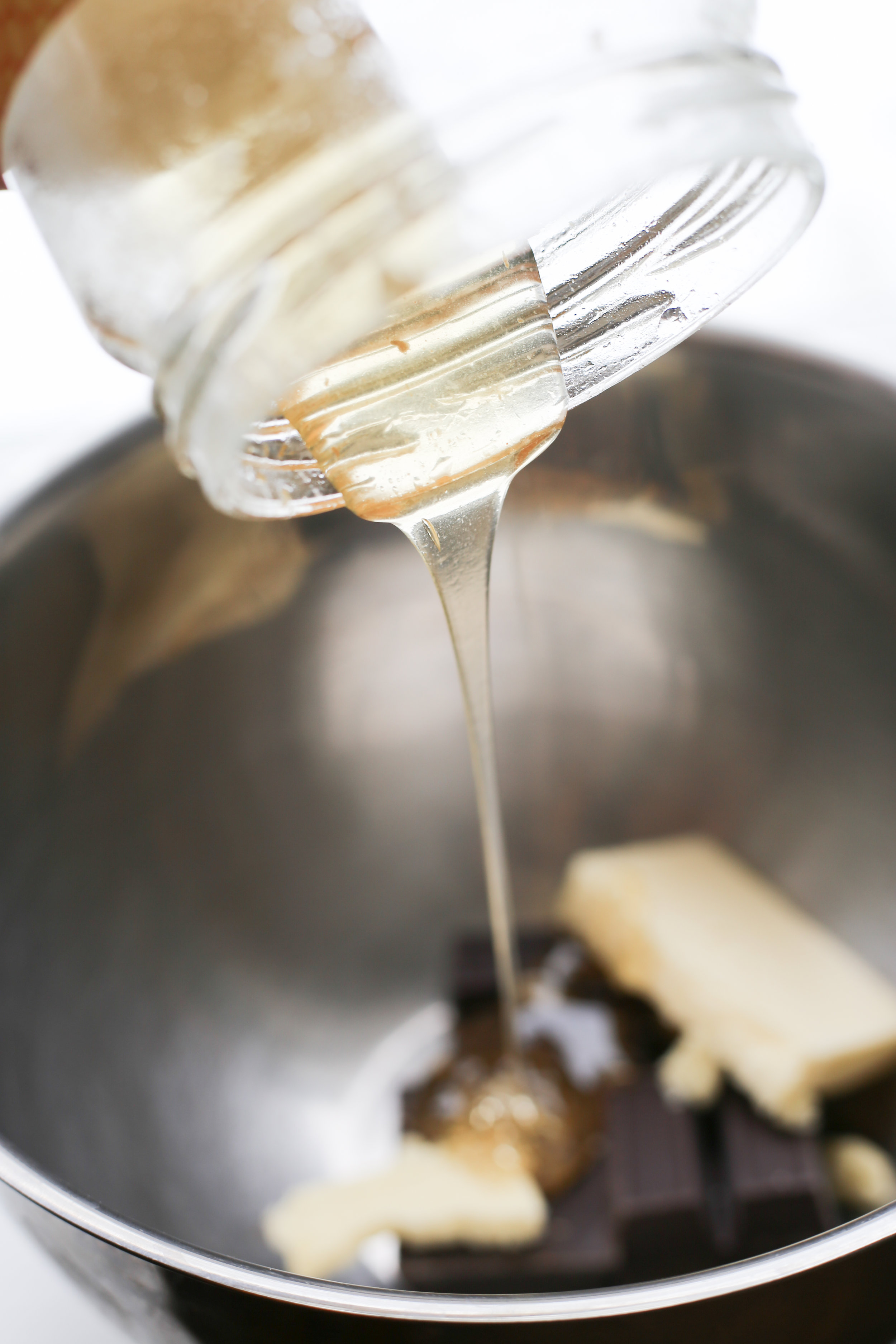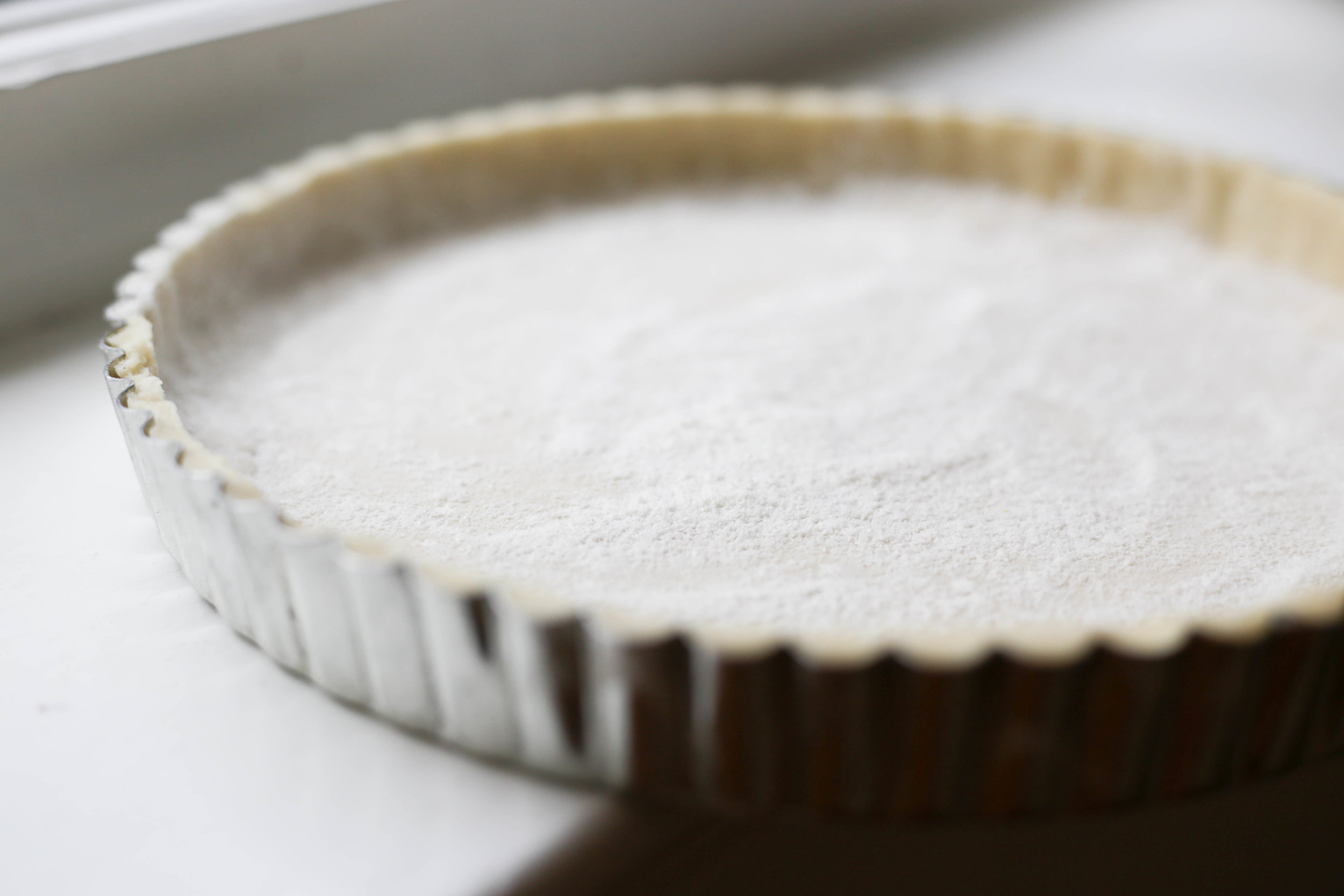“It’s kind of ethereal… a pear of the Gods” -Pieter
I never knew the humble pear could make me this giddy. Cozied up in a bath of mulled Merlot and doused in raspberries and cream, these have been upgraded from a favourite childhood dessert to a glam little plate of sweet, velvety magic. Can also be made with white wine, apple juice, cranberry juice, or anything really. It’s something I’d imagine fairies eat for breakfast.
Ingredients
6 firm pears
1 bottle cheap red wine
10 cloves
10 allspice berries
2 star anise
1 cinnamon stick
1/4 cup granulated sugar
1/2 red beet, sliced
1 pint fresh or frozen raspberries
1/2 cup whipping cream
handful pistachios, chopped
Directions
Peel your pears (leave stems on) and level off bottoms by slicing across horizontally so that they can stand upright.
Place pears in a big pot. Add whole spices, cinnamon stick, sugar, entire bottle of red wine and beet slices (these will intensify the colour of the final poached product!)
Cover and cook over medium-low heat for at least 1 hour, or until deepened in colour and soft to the touch. You can’t really overcook these as long as they are on low heat. The only risk is that they will become more delicious.
While pears are poaching, cook raspberries in a small pot over low heat until they have fully broken down.
Using the back of a spoon, push cooked raspberries through a sieve into a medium bowl until only the seeds remain. In the bowl, you will be left with a smooth raspberry sauce.
Whisk cream until lightly whipped, for ultimate dollop-ing.
Remove pears from pot, placing them upright on a plate. Strain off spices and beet slices, pour liquid back into pot, and keep covered until serving.
To serve, place a pear upright on a small plate.
Add a dollop of whipped cream, drizzle on a couple spoonfuls of raspberry sauce, and sprinkle with chopped pistachios.




















































































